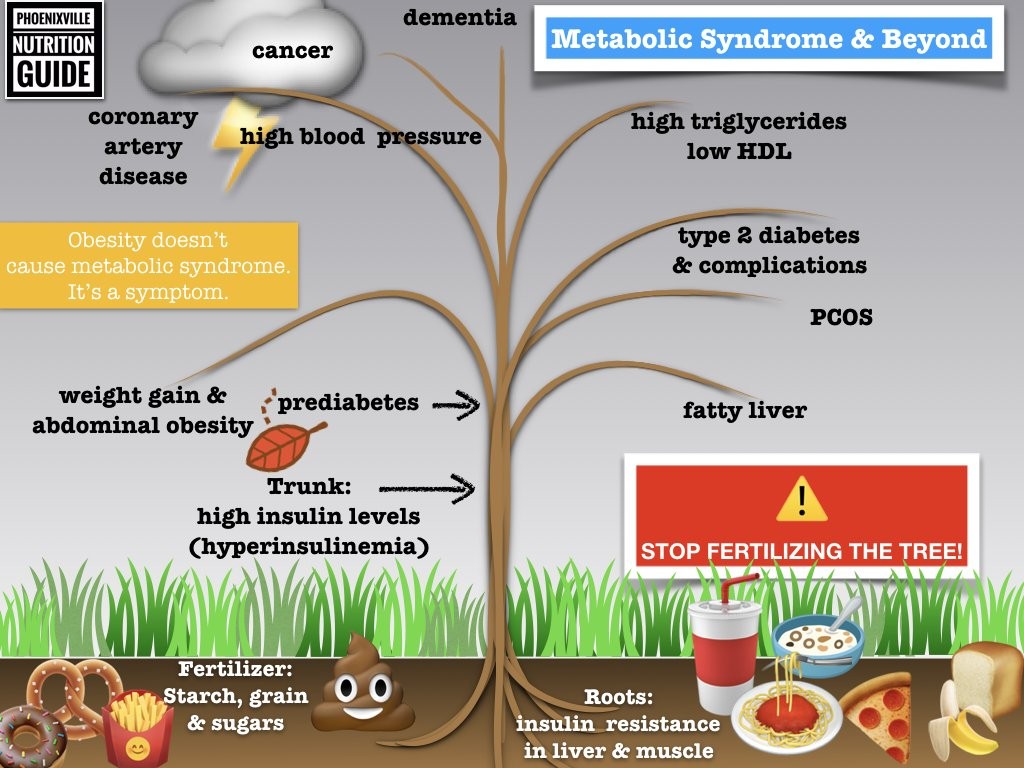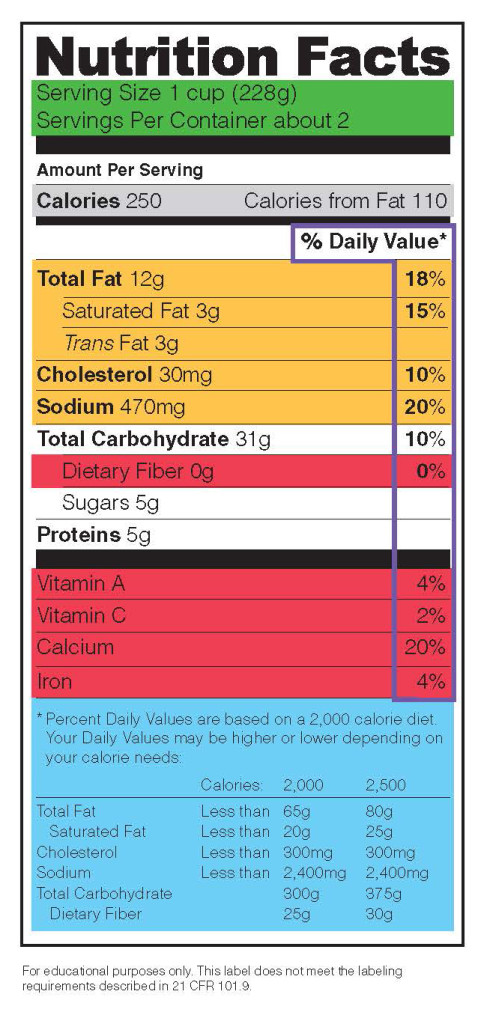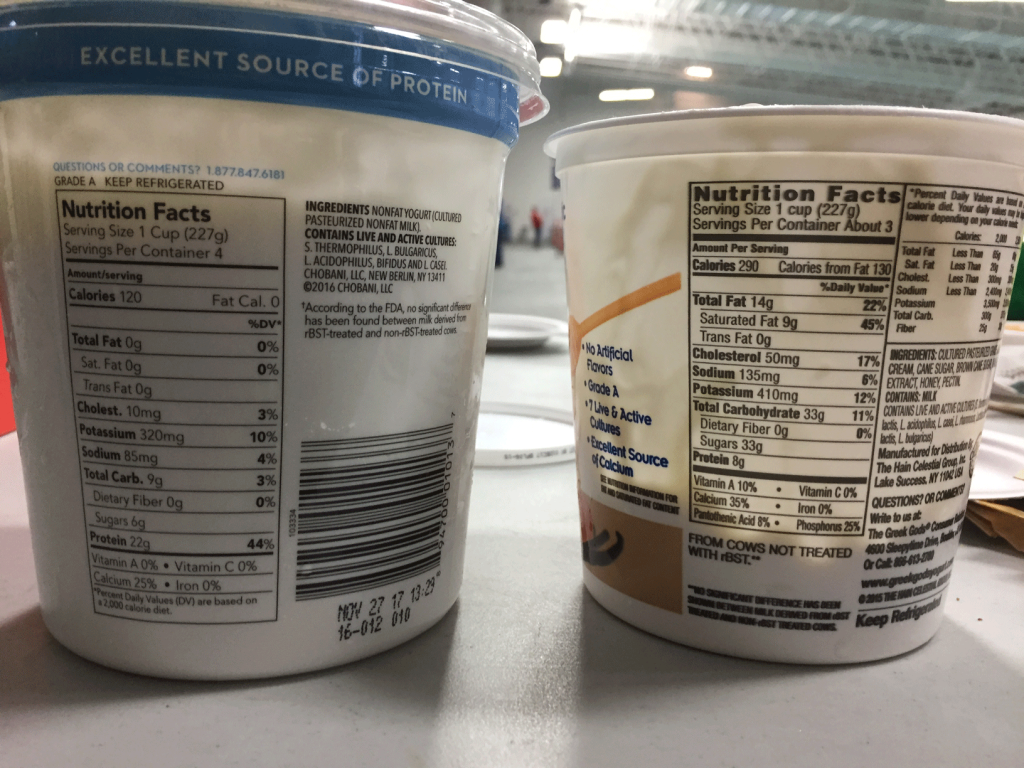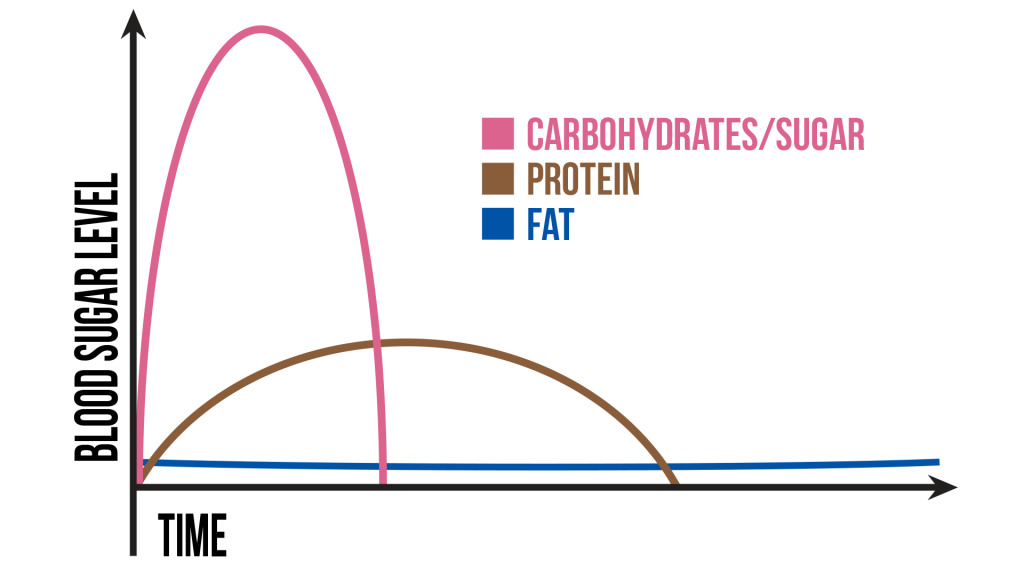I like this graphic because it visually shows that if you want to grow your own tree of disease, keep on the path of fertilizing insulin resistance with the wrong foods – highly refined carbohydrates and sugar.
The graphic came from Eric Sodicoff, a medical doctor that specializes in internal medicine and obesity….Read More »






